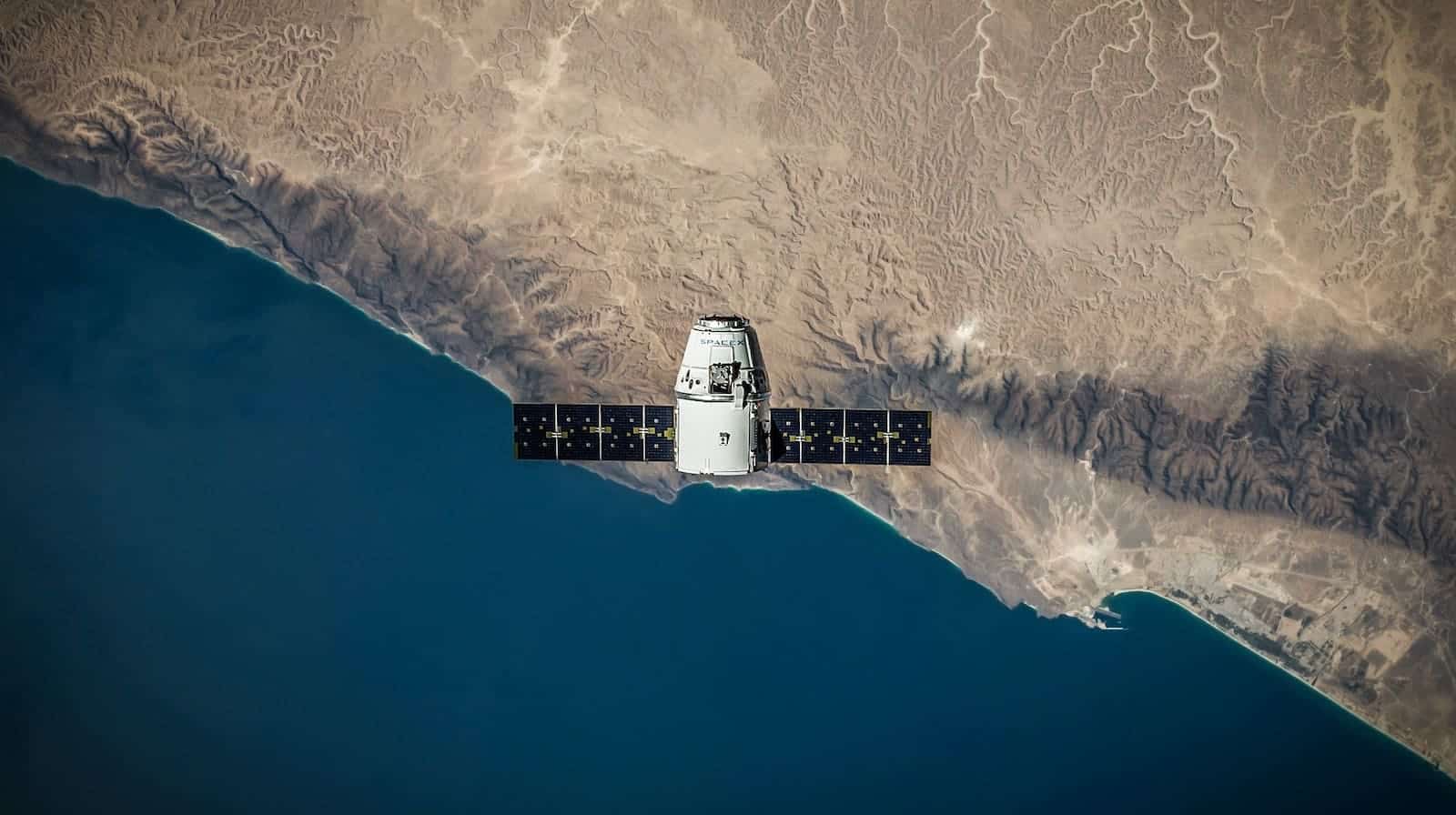China is ramping up its efforts to compete with global satellite internet providers through its ambitious Qianfan satellite constellation, also known as the Spacesail Constellation or G60 Starlink. This megaconstellation of low Earth orbit (LEO) satellites aims to deploy over 15,000 satellites to provide internet coverage worldwide, directly challenging SpaceX’s Starlink.
A Strategic Launch Toward Global Connectivity
The Qianfan initiative originated from the Shanghai Action Plan (2023-2025), which aims to transform the city into a key hub for the commercial aerospace industry. Backed by the Shanghai Municipal Government and the Chinese Academy of Sciences, the project secured 6.7 billion Chinese yuan (943 million dollars) to fund its initial development.
The first satellite of this constellation was assembled in December 2023 by Shanghai Gesi Aerospace Technology, a state-owned enterprise. The inaugural launch took place on August 6, 2024, using a Long March 6A rocket that deployed 18 satellites into polar orbit. However, this launch generated controversy by causing the upper stage of the rocket to disintegrate, creating over 300 trackable debris fragments in low Earth orbit.
Despite this issue, subsequent launches on October 15, 2024, and December 5, 2024, successfully added more satellites to the constellation. By the end of 2025, Qianfan plans to have deployed 648 satellites as part of its first phase, with a total projected of 1,296 satellites in this initial stage. These will operate in the Ku, Q, and V frequency bands.
Technology and Capabilities
The Qianfan satellites feature advanced flat-panel designs and high-speed broadband capabilities. The system is designed to occupy limited frequencies and orbital positions, ensuring a secure and reliable global internet service. Additionally, concerns have been raised about its potential military applications, with reports suggesting that the People’s Liberation Army (PLA) may leverage the constellation for strategic purposes, similar to how Starlink has been used in Ukraine.
Challenges and Controversies
One of the main issues associated with Qianfan is its potential impact on astronomy. The satellites are highly reflective and pose a threat to astronomical observation by leaving trails in photographic images used in research. Astronomers have urged the adoption of mitigation strategies to reduce these effects, following the lead of other satellite operators who have implemented measures to decrease the brightness of their devices.
On the other hand, the problem of space debris has raised concerns among international actors. The incident from the August 2024 launch underscores the risks associated with megaconstellations, particularly in a low Earth orbit already congested with other satellites and debris.
Geopolitical Implications
The Qianfan constellation reflects China’s broader ambitions to position itself as a leader in the global space economy. By providing secure internet services and potential military applications, Qianfan highlights the strategic importance of megaconstellations in modern geopolitics. The project is also viewed as a response to U.S. dominance in satellite internet through companies like SpaceX and Amazon’s Project Kuiper.
Looking Ahead
With plans to deploy over 15,000 satellites, Qianfan represents a significant step in China’s pursuit of technological and geopolitical leadership in space. As the constellation expands, addressing challenges related to space debris, international collaboration, and environmental impact will be crucial. The success of Qianfan could set a precedent for future satellite internet projects, transforming global connectivity and security dynamics.

